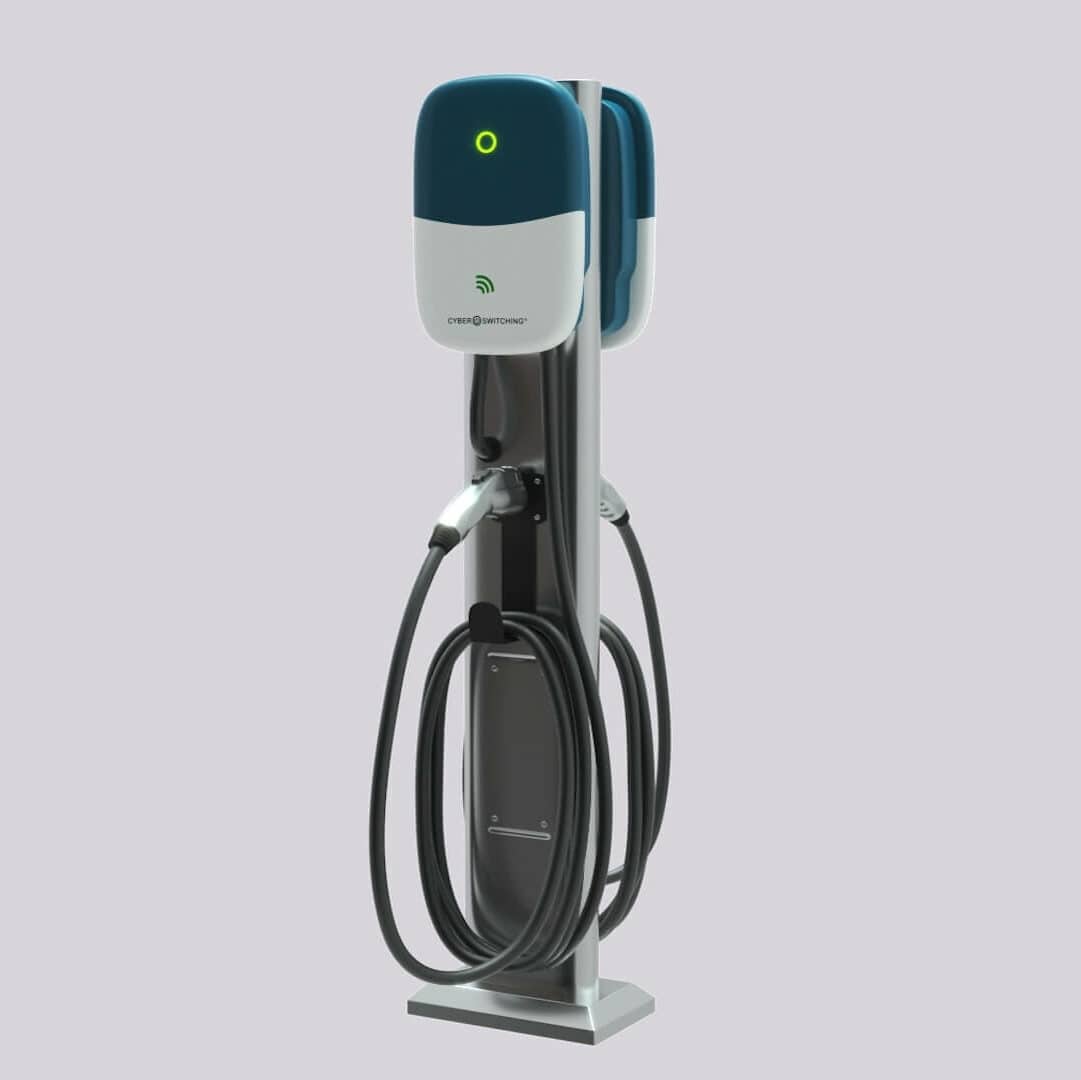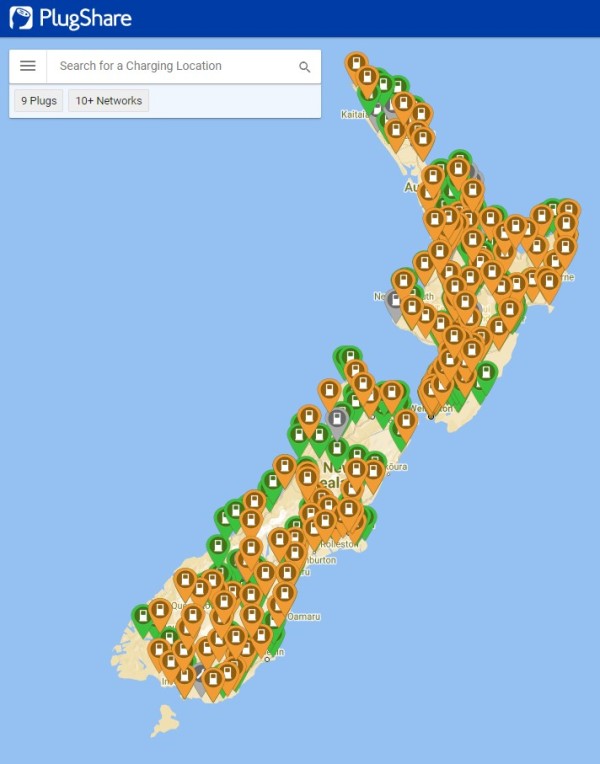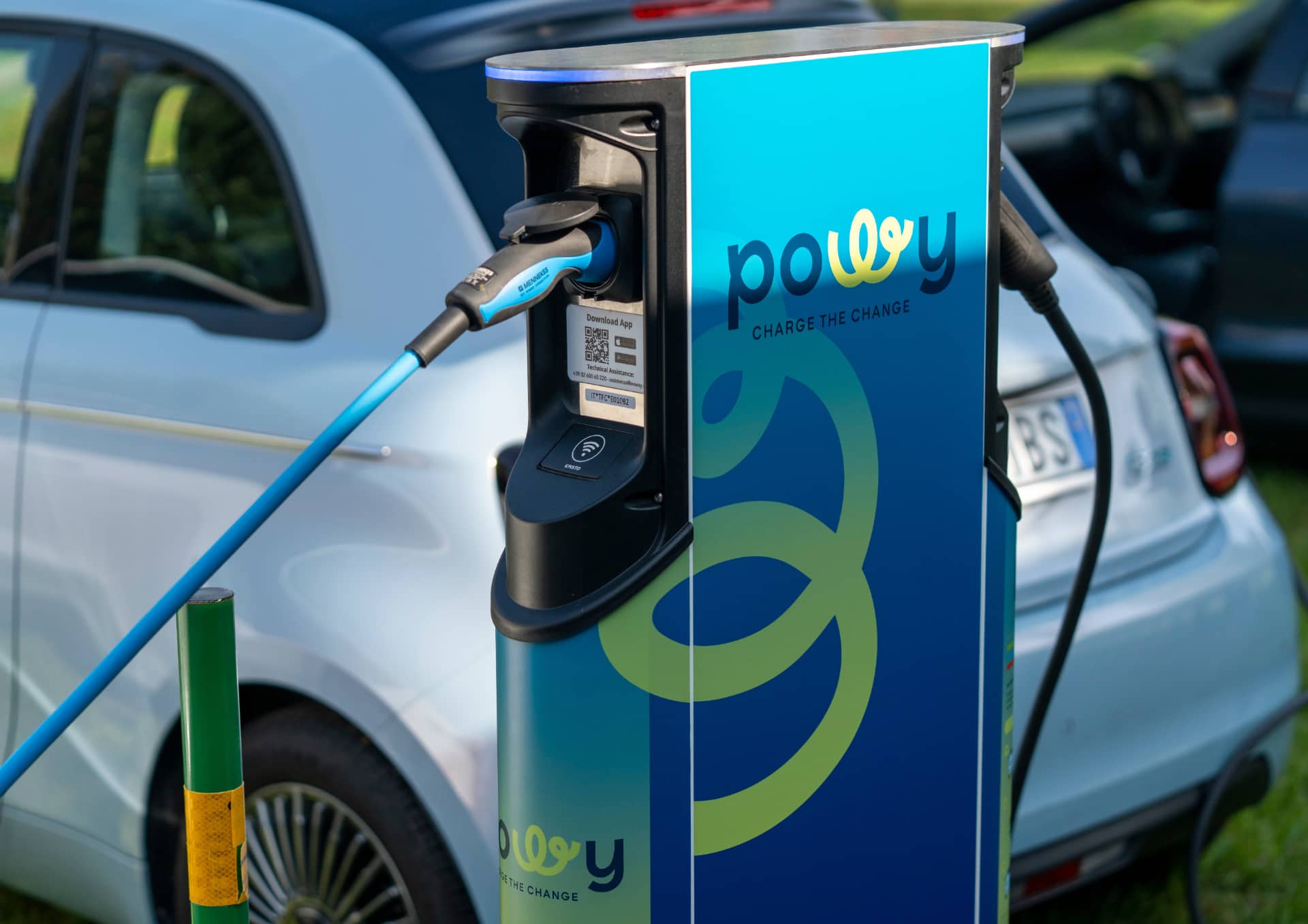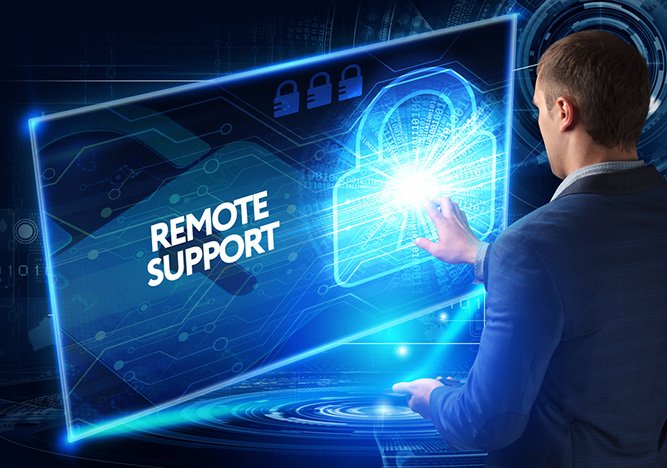The Rise of Fast Charging
Electric vehicles (EVs) are rapidly gaining popularity, but range anxiety remains a significant hurdle for many potential buyers. This fear of running out of charge before reaching a charging station is largely being addressed by the development and deployment of fast-charging stations. These stations, utilizing technologies like DC fast charging, can replenish a substantial portion of an EV’s battery in a fraction of the time compared to slower Level 1 or Level 2 chargers. This means shorter stops and less overall downtime, making long journeys much more practical and enjoyable for EV drivers.
Understanding Different Charging Speeds
Not all fast chargers are created equal. The speed at which your EV charges depends on several factors, including the charger’s power output (measured in kilowatts, kW), the battery’s capacity, and the vehicle’s onboard charging system. While some fast chargers can deliver upwards of 350 kW, others might offer speeds closer to 50 kW. Knowing your EV’s charging capabilities and identifying chargers that match or exceed those capabilities is key to optimizing your charging experience. Check your owner’s manual for specifics on your vehicle’s charging rate.

Beyond the kW Rating: Other Important Features
While the kW rating is a critical factor, it’s not the only one to consider. The availability of multiple charging connectors is essential, ensuring compatibility with different EV models. Many modern stations support both CCS and CHAdeMO standards, catering to a wider range of vehicles. Reliability is also paramount. A station that frequently malfunctions or is out of service defeats the purpose of fast charging. Look for charging networks with a strong track record of uptime and customer support. Features like payment options, user-friendly interfaces, and real-time charging status updates significantly enhance the overall user experience.
Navigating the Charging Network Landscape
Finding a compatible and available fast charger is made easier with the help of dedicated EV navigation apps and websites. These platforms provide real-time data on charger availability, charging speeds, and even pricing. Many apps integrate directly with your EV’s navigation system, allowing for seamless route planning that includes charging stops. Using these tools can significantly reduce the stress of long-distance EV travel, ensuring you always have a reliable charging option within reach.
The Future of EV Charging: Innovation on the Horizon
The evolution of EV charging technology doesn’t stop at faster speeds. Innovations in battery technology, such as solid-state batteries, promise even quicker charging times in the near future. Furthermore, advancements in wireless charging and inductive charging are being explored, potentially eliminating the need for physical connectors altogether. These developments will further alleviate range anxiety and enhance the convenience of owning an electric vehicle. The industry is consistently striving for faster, more reliable, and more user-friendly charging solutions.
Smart Charging and Grid Integration
The increasing adoption of EVs necessitates intelligent management of the power grid. Smart charging technologies allow for optimized charging schedules, potentially utilizing off-peak hours to minimize strain on the electrical system and potentially lower charging costs. This integration with the grid also allows for vehicle-to-grid (V2G) technologies, enabling EVs to feed energy back into the grid during periods of high demand, essentially turning them into mobile power sources. This concept is still in its early stages, but it holds significant promise for a more sustainable and efficient energy future.
Choosing the Right Charger for Your Needs
With the variety of fast chargers available, selecting the best option for your needs depends on your driving habits and the specific features you prioritize. Consider your daily commute, typical trip distances, and how often you need to fast charge. If you frequently undertake long journeys, opting for a high-powered charger with a wide network coverage becomes more crucial. However, if your charging needs are less demanding, a moderately powered charger with convenient location might suffice. Always research reviews and compare different charging networks before committing to a particular provider.
Charging Infrastructure Investment and Government Support
The widespread adoption of EVs hinges heavily on the availability of a robust and accessible charging infrastructure. Governments worldwide are recognizing this need and are actively investing in the expansion of public charging networks, including fast-charging stations. Incentives and subsidies are being offered to encourage the installation of charging stations in both public and private spaces. This combined public and private investment is crucial in addressing the infrastructure challenges and accelerating the transition to electric mobility. Learn more about commercial EV charging stations here.











